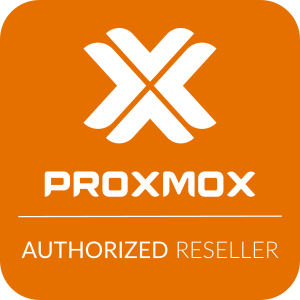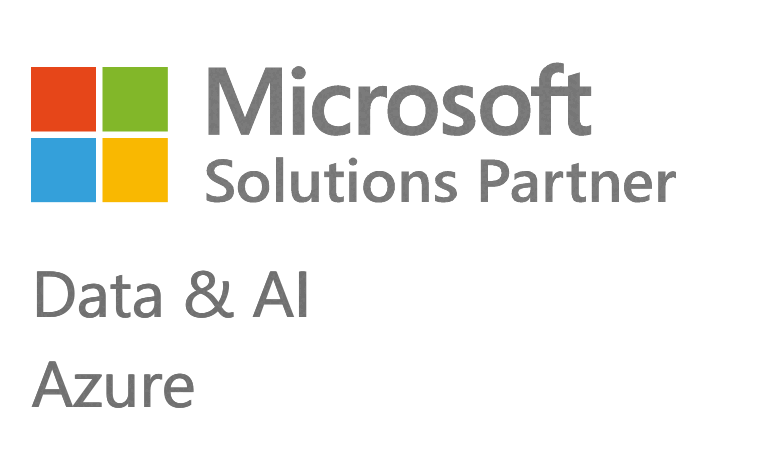Microsoft Planner Vs Project Online
For small businesses and small teams to collaborate and track work, Microsoft launched the new app Planner in June, 2016. It comes free as a part of Office365 suite. Planner is a project management service which uses the established concept of a digital whiteboard plastered with note cards, which you can use to track projects, communicate progress, and attach files. It also integrates with other Microsoft products like OneNote and Outlook. It is another way to address how we manage tasks and digitally experience teamwork. In the following table, we have compared the low cost Planner with Project Online, the more versatile but pricier online project management software from Microsoft.
| Capabilities | Planner | Project Online |
| Manage Project Level Information | ||
| List projects across organization |  |
 |
| Mobile-friendly list of projects |  |
(with third party apps) |
| Can create custom views, groups, and filters |  |
|
| Allow collection of custom project fields |  |
|
| Control who can view project/plan |  |
 |
| Control who can edit project/plan |  |
|
| Upload and associate documents to projects |  |
 |
| Project level discussion/posts |  |
 |
| Manage Tasks | ||
| Provide Mobile-friendly view of tasks across projects |  |
(with third party apps) |
| Provide graphical view of tasks at a project level view |  |
 |
| Provide a My task summary view across all projects |  |
 |
| Assign a single task to multiple people |  |
|
| Associate effort and cost related values |  |
|
| Task level discussion/posts |
 |
|
| Associate files to individual tasks |  |
 |
| Calculate completion date based on completing proceeding or subsequent tasks |  |
|
| Associate external data like risk, issues, and deliverables |  |
|
| Link and populate employee timesheets |  |
|
| Additional Capabilities / Features | ||
| A web based API exists for programmers to extract data |  |
 |
| Information can be managed offline |  |
|
| UI can be customized |
 |
As free software from companies like Google and others have seen increasing adoption, it’s been a while since Microsoft stopped being a dominant player when it comes to producing apps for workplace productivity. With Planner, they might see more traction and reclaim some of the lost grounds.
Project management apps are integral to any business that collaborates online, with businesses of all sizes and types relying on these types of tools to get work done. Planner will be a logical move for project teams that manage projects using Excel spreadsheets. Here Microsoft gains an edge over other competitors to get those teams use its software.
Another reason Planner may gain increasing significance is that, if you want a central list of projects, each with a dedicated document library and ability to track the completeness of tasks, you can do that with Planner.
However, in an attempt to evaluate and accord a place to Planner, amongst the top applications and software that perform similar functions, tech experts have been pitting it against another Microsoft Product which is Project Online.
One distinct advantage with Planner is that there are no additional licensing costs one needs to pay for using it. Which is not the case with Project Online because it is a separate application that requires licensing based on types of users.
Planner and Project are two very distinct products, yet both let manage project collaboration and teamwork. Since both these project monitoring tools are not integrated, you cannot simply start with one and seamlessly move to the next, unlike in SharePoint where one can use the task lists feature to create Projects. Planner is easy to adopt, as it’s quite simple to use and without customization ability.















